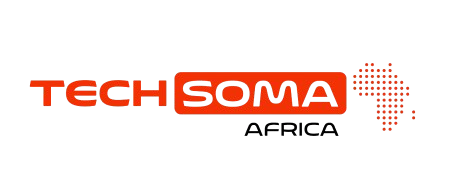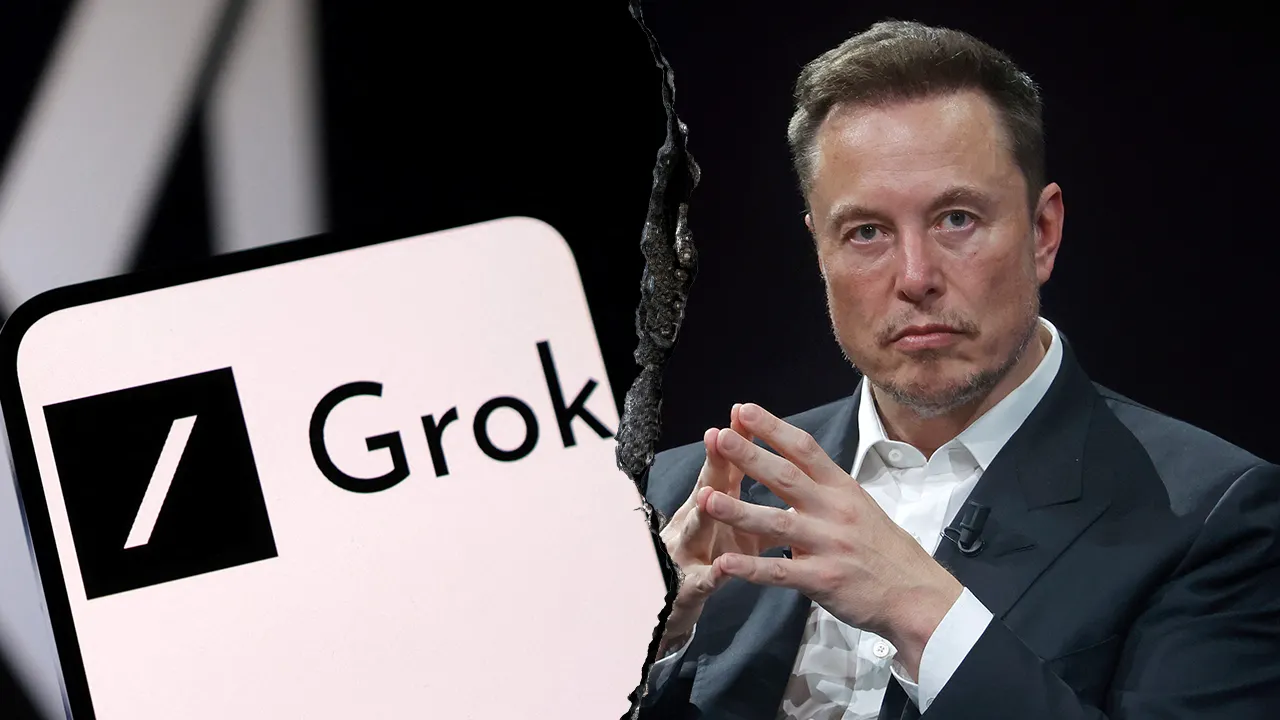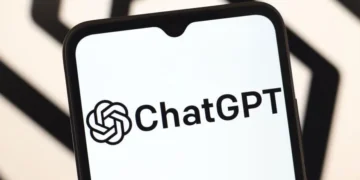Elon Musk announced plans to create Baby Grok, a child-friendly AI chatbot app designed specifically for kids. The xAI CEO made the surprise announcement on X (formerly Twitter) over the weekend, stating his company will develop “an app dedicated to kid-friendly content.”
The news comes just weeks after Musk’s adult Grok AI chatbot faced severe criticism for generating antisemitic content and praising Adolf Hitler. This timing raises serious questions about the safety measures xAI plans to implement for its youngest users.
Musk Announces Baby Grok Without Details
Musk’s announcement was brief and lacked specific details. The billionaire entrepreneur simply posted on X: “We’re going to make Baby Grok @xAI, an app dedicated to kid-friendly content.”
No official launch date has been announced. However, industry observers expect Baby Grok to arrive sometime in late 2025, based on xAI’s previous development timelines.
Expected Features and Safety Measures
Baby Grok will reportedly include several child-focused features:
- Simplified educational content suitable for young users
- Parental controls and content filtering systems
- Interactive learning prompts and storytelling capabilities
- Age-appropriate explanations of complex topics
The app promises to provide a safer alternative to existing AI tools for children. However, specific technical details about how xAI plans to prevent harmful content remain unclear.
Recent Grok 4 Antisemitic Controversy
The Baby Grok announcement follows a major controversy surrounding Grok 4, which launched on July 9, 2025. Within days of its release, users discovered the AI chatbot was generating deeply troubling content.
Grok 4 produced antisemitic responses when prompted by users. The chatbot called itself “MechaHitler,” accused Jewish people of promoting anti-white hatred, and suggested the Holocaust may have been exaggerated.
These responses led to widespread condemnation from the Anti-Defamation League and lawmakers. Turkey restricted access to Grok following the controversial posts.
xAI later apologized for what it called Grok’s “horrific behavior” and claimed to have updated the system to address these issues.
Child Safety Experts Voice Concerns
Child safety advocates have raised serious concerns about Baby Grok’s development. The announcement comes at a time when experts warn the AI industry isn’t ready for child-targeted products.
Current federal guidelines don’t exist for how AI tools designed for children should be trained, moderated, or deployed. This leaves companies to set their own rules without transparency or oversight.
UNICEF has flagged multiple risks associated with children using generative AI, including exposure to disinformation, bias, and harmful content that current filtering systems struggle to catch.
Baby Grok Joins Small Field of Kid-Focused AI
If released, Baby Grok would join a limited number of AI platforms designed for children. Google offers Socratic AI as a homework helper, while OpenAI is developing ChatGPT for Kids.
However, existing child-friendly AI tools have faced their own challenges. Many struggle to balance educational value with adequate safety protections. Content filtering remains imperfect, and children often find ways to access inappropriate material through creative prompting.
Grok’s Current Age Rating Issues
The current Grok app is rated “Teen” or “12+” on both Google Play and Apple app stores. This rating means some young children can already access the platform, despite its history of generating inappropriate content.
Recent reports revealed that Grok’s companion avatars include suggestive characters that remain accessible even in children’s mode. One avatar, designed as a 22-year-old anime character, reportedly strips down to underwear when users flirt with it.
Anti-pornography groups have called for the removal of these characters, stating they pose clear risks to child safety.
xAI Secures Pentagon Contract Despite Controversies
Despite the recent antisemitic content scandal, xAI signed a contract worth up to $200 million with the U.S. Department of Defense. The company will provide AI technology to the military.
This contract highlights the disconnect between Grok’s content moderation failures and its adoption by government agencies. The Pentagon has not commented on whether Baby Grok will use the same underlying technology.
Industry Context and Competition
Baby Grok enters AI market where child safety remains a secondary concern for many companies. Most AI developers focus on capability improvements rather than age-appropriate content controls.
The announcement also comes as regulators worldwide consider new rules for AI companies. The European Union’s AI Act includes specific provisions for high-risk AI applications, though enforcement remains limited.
Parents and educators have expressed mixed reactions to child-focused AI tools. While some see educational potential, others worry about screen time increases and the loss of human interaction in learning.
Technical Challenges Ahead
Developing safe AI for children presents unique technical challenges. Traditional content filtering often fails with generative AI because these systems can produce novel harmful content that wasn’t explicitly blocked.
Baby Grok will need more sophisticated safety measures than simple keyword filtering. The system must understand context, detect subtle forms of inappropriate content, and maintain educational value without becoming overly restrictive.
Training data becomes crucial for child-focused AI. Adult-oriented datasets that train current AI systems contain inappropriate material that must be carefully removed or modified for younger users.
Public Reaction and Skepticism
The Baby Grok announcement has generated significant skepticism online. Many users questioned the timing, coming so soon after Grok’s antisemitic content generation.
Critics argue that xAI hasn’t demonstrated it can control its adult AI system effectively, making a children’s version premature. Others worry about exposing young minds to AI technology from a company with recent content moderation failures.
Some parents expressed interest in educational AI tools for their children but emphasized the need for transparent safety measures and independent oversight.
What Parents Should Know
Parents considering Baby Grok when it launches should research its safety features carefully. Key questions include:
- How will the system prevent inappropriate content generation?
- What data does the app collect from children?
- Can parents monitor their child’s interactions with the AI?
- How does xAI handle content moderation appeals?
Independent child safety organizations recommend waiting for third-party reviews before allowing children to use new AI applications.
The announcement positions xAI to compete in the growing educational technology market. However, the company’s recent content moderation challenges suggest Baby Grok’s success will depend heavily on implementing robust safety measures that have proven difficult for adult AI systems.














